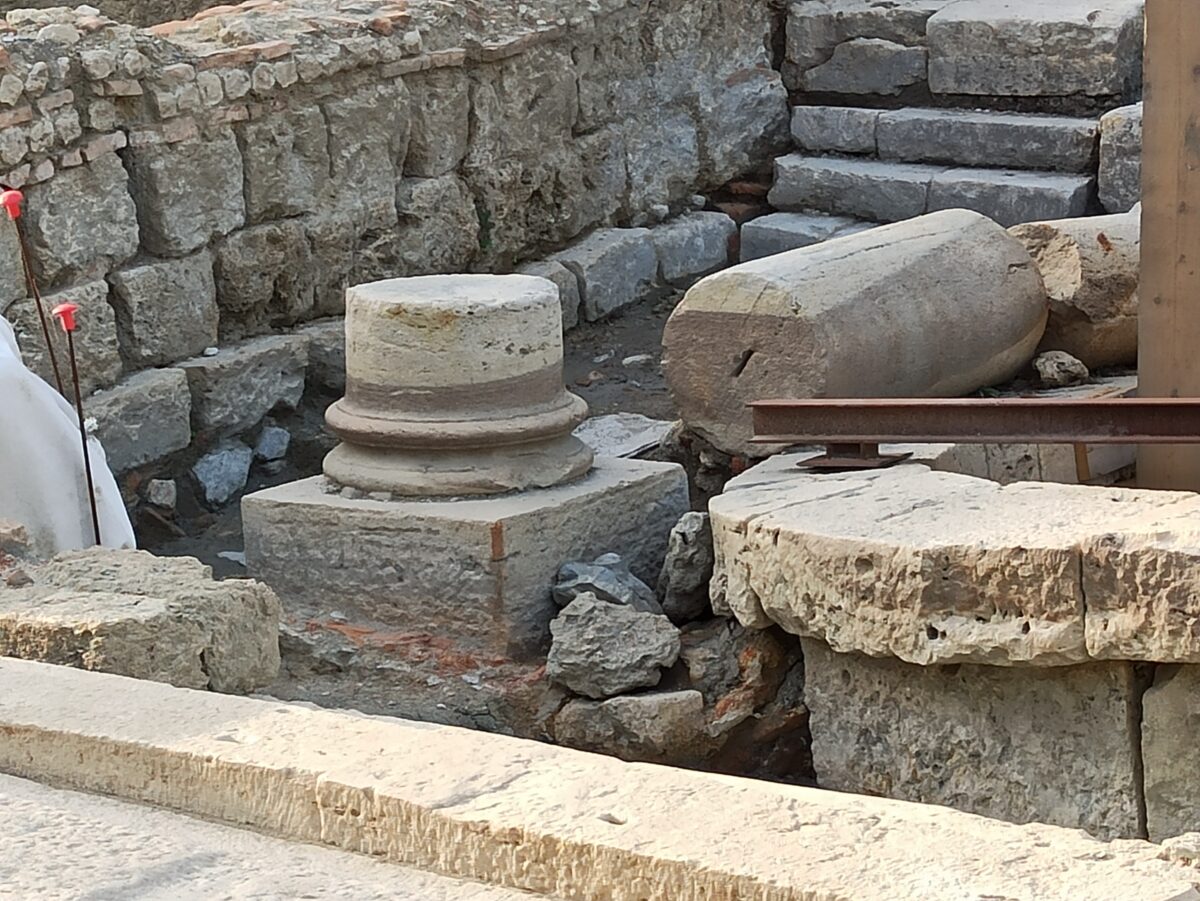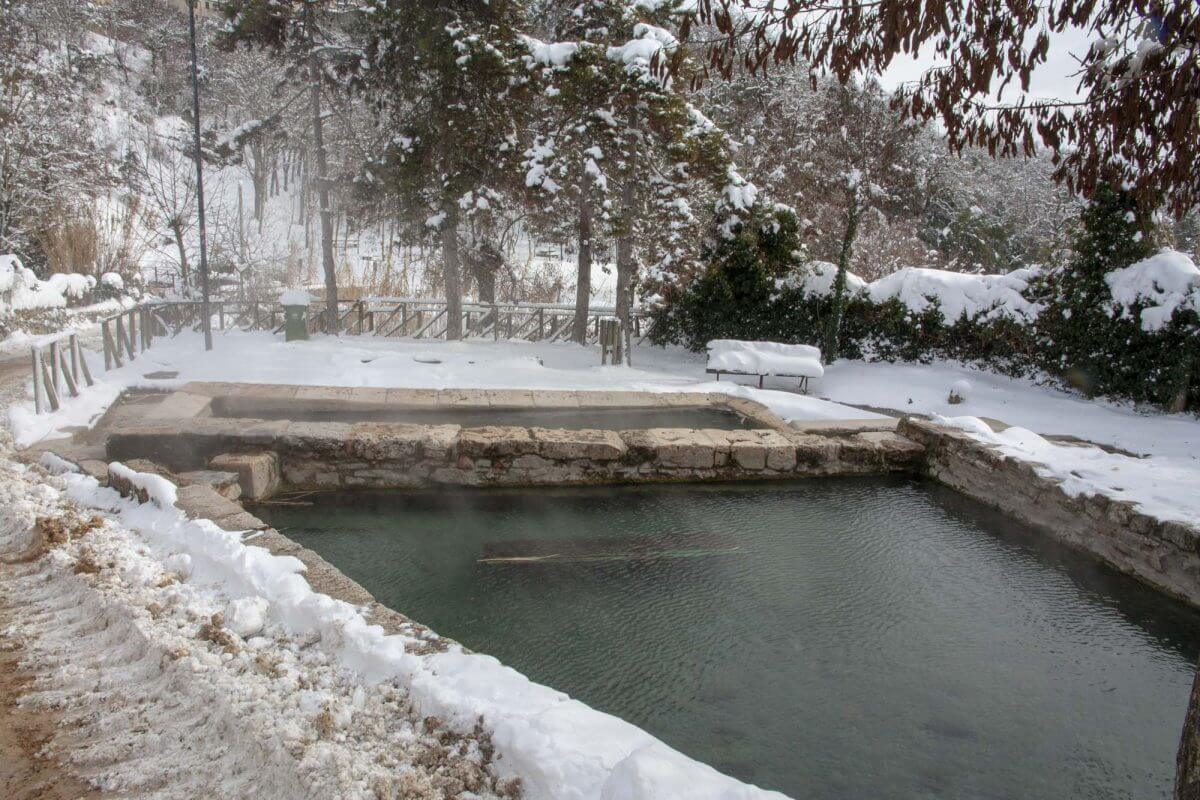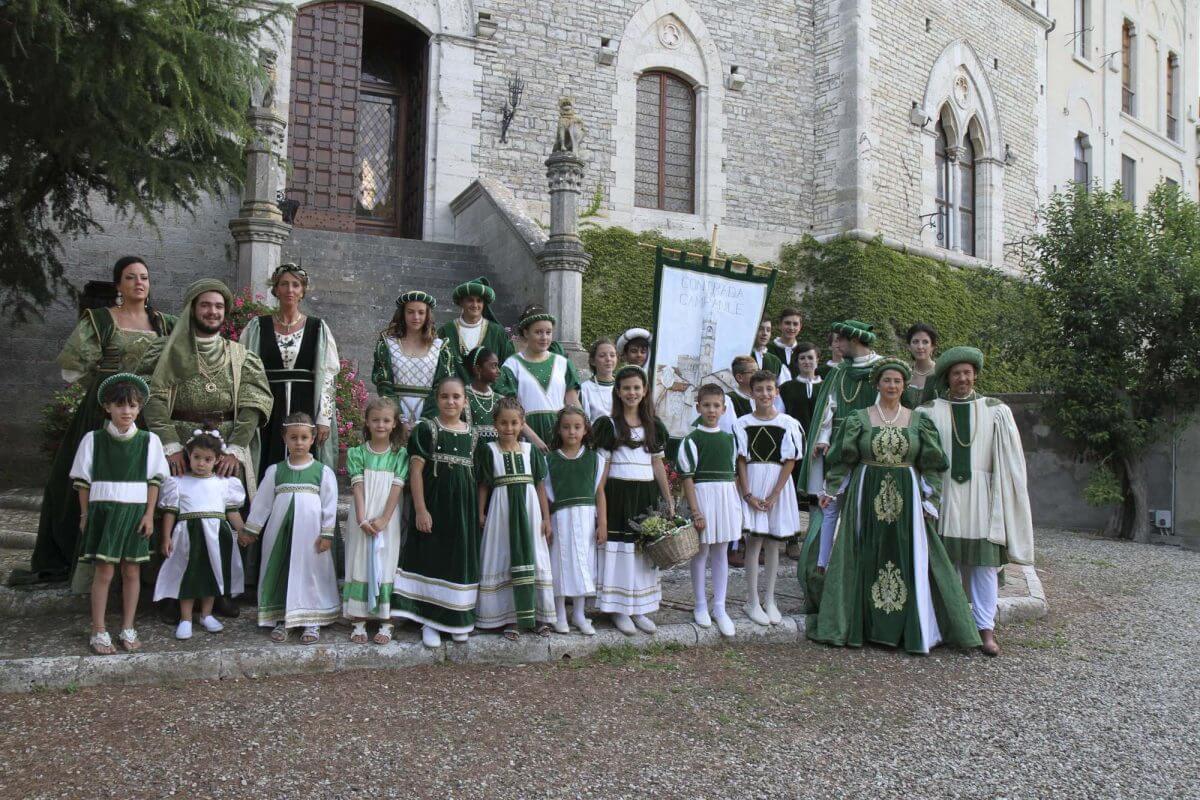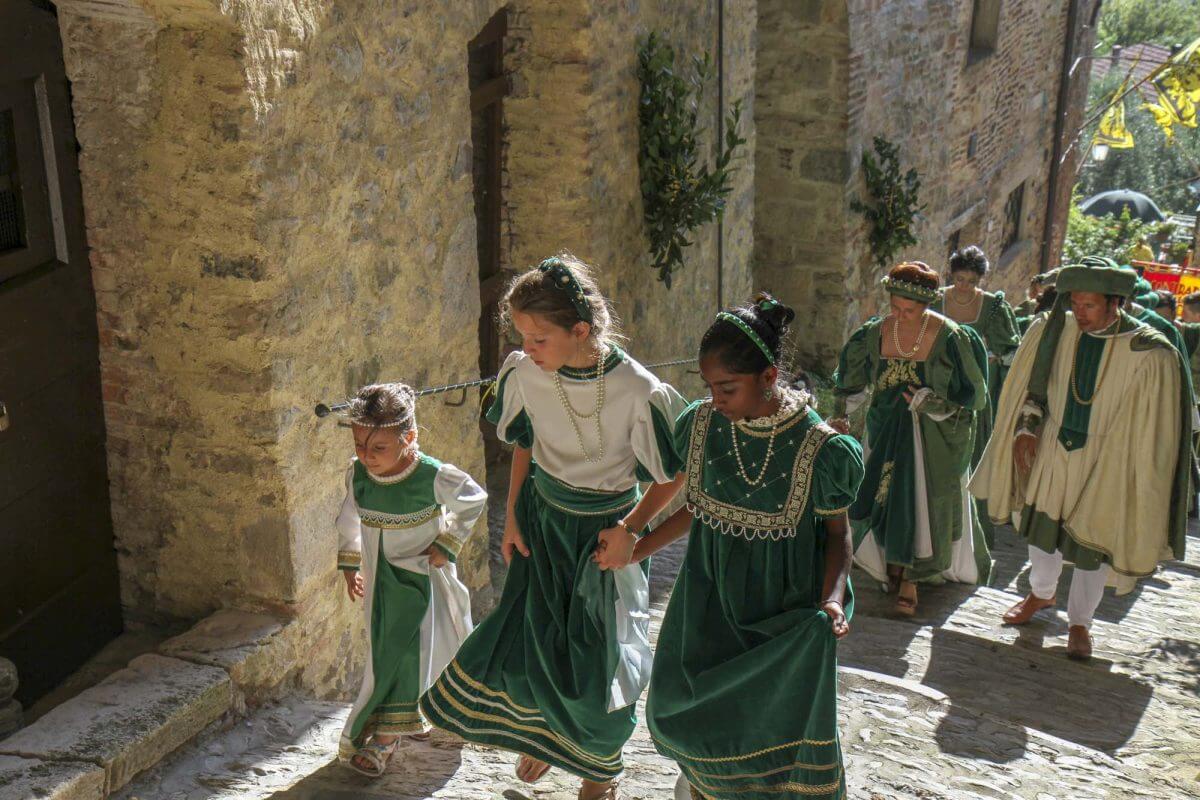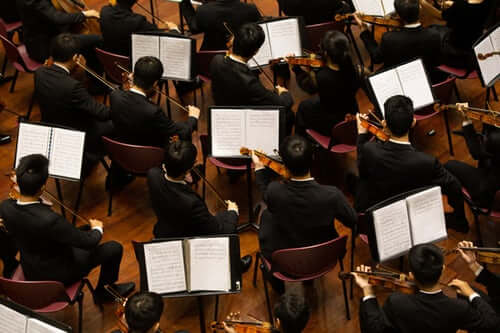Nella nostra zona si possono trovare gustosi piatti tradizionali, provenienti dalla cultura contadina, basati sull’uso di ingredienti semplici e genuini.
Abbiamo pensato così di suggerirvi alcune ricette facili da eseguire e vedrete che il risultato sarà davvero OTTIMO!!
“PANZANELLA”
Questo piatto estivo, è umile e nobile allo stesso tempo, grazie ai suoi ingredienti poveri, ma davvero buoni per il benessere del nostro organismo.
Ingredienti:
pane toscano raffermo, pomodori, foglie d’insalata, cetrioli, cipolla fresca, basilico, olio e.v.o. aceto, sale, pepe.
Preparazione:
Mettere il pane raffermo a bagno in acqua finchè non sarà ammorbidito, strizzarlo molto bene e ridurlo in briciole in una insalatiera. Aggiungere le verdure tagliate a pezzetti e condire con l’olio il sale l’aceto ed un pizzico di pepe. Mescolare a lungo, mettere la panzanella in frigorifero fino a che non sarà ben fredda e servire.
“PICI”
A Celle sul Rigo, ogni anno, l’ultima domenica di maggio, si tiene la tradizionale Sagra dei pici, in onore di questo primo piatto davvero delizioso.
Si tratta di grossi spaghetti tirati a mano uno per uno e quindi di forma irregolare. Anticamente venivano usati solo farina ed acqua per prepararli, ma per una buona riuscita serviva tanto lavoro e l’esperienza delle abili mani delle nostre nonne e bisnonne. Con l’aggiunta di un po’ di uovo però, il risultato è assicurato anche per noi!
Ingredienti:
2 uova, farina bianca, 4 ramaioli di acqua tiepida, sale, farina di granturco.
Preparazione:
Impastare le uova con l’acqua tiepida salata e la farina bianca. Lavorare la pasta aggiungendo farina fino ad ottenere un impasto liscio e non appiccicoso. Coprire e lasciar riposare per mezz’ora.
Tagliare un pezzetto di pasta e stenderla alta per ricavarne delle striscioline da allungare con le mani fino a formare tanti “spaghettoni” irregolari. Passarli in un vassoio dopo averli immersi nella farina di granturco per non farli attaccare tra di loro. Proseguire così fino all’esaurimento dell’impasto.
Cuocere in abbondante acqua salata per pochi minuti, mescolando di tanto in tanto, scolare e condire con ragù, oppure pecorino grattugiato e pepe, o con sugo all’aglione.
“SUGO ALL’AGLIONE”
Non c’è condimento migliore di questo per i “pici”, ma lo si può usare anche per spaghetti o pasta corta.
Ingredienti:
pomodori pelati a pezzetti, concentrato di pomodoro, aglio, olio e.v.o. sale, pepe, peperoncino piccante.
Preparazione:
far rosolare molti spicchi di aglio interi e il peperoncino in abbondante olio. Quando l’aglio sarà dorato aggiungere il concentrato di pomodoro sciolto in poca acqua, i pomodori pelati, sale e poco pepe. Lasciare bollire a lungo, a fuoco basso, fino a quando non si addensa e l’olio affiora in superficie.
“BUGLIONE”
Anche questo è un piatto antico per il quale si può usare carne di agnello, cinghiale, pollo o faraona, in base ai gusti personali.
Ingredienti: carne a pezzetti, conserva di pomodoro, rosmarino, aglio, peperoncino, olio e.v.o. qualche foglia di alloro, poco vino rosso.
Preparazione: far rosolare la carne nell’olio insieme a rosmarino, aglio alloro e peperoncino. Salare pepare e quando la carne è rosolata bagnare con il vino. Lasciare evaporare e poi aggiungere la conserva di pomodoro sciolta in un po’ d’acqua. Chiudere il tegame con un coperchio e lasciar cuocere a fuoco basso mescolando di tanto in tanto fino a completare la cottura. Il sughetto dovrà essere molto ristretto.
“ZUCCHERINI”
La semplicità degli ingredienti e la mancanza di uova e grassi animali, fanno di questi biscotti un dolce molto leggero e digeribile. Sono ideali per accompagnare vino e vinsanto.
Ingredienti: 500g di farina, 150 g di zucchero, 1 bicchiere di olio (metà e.v.o. e metà semi di girasole), 1 bicchiere di vinsanto, 1/2 bustina di lievito, 1 bustina di vanillina.
Preparazione: mescolare tutti gli ingredienti e con l’impasto formare tanti biscotti cilindrici della lunghezza di un dito. Passare la parte superiore dei biscotti nello zucchero e disporli in una teglia foderata con carta forno.
Infornare a 160° per circa 30 minuti fino a che i biscotti non appariranno dorati.
BUON DIVERTIMENTO E BUON APPETITO!!

